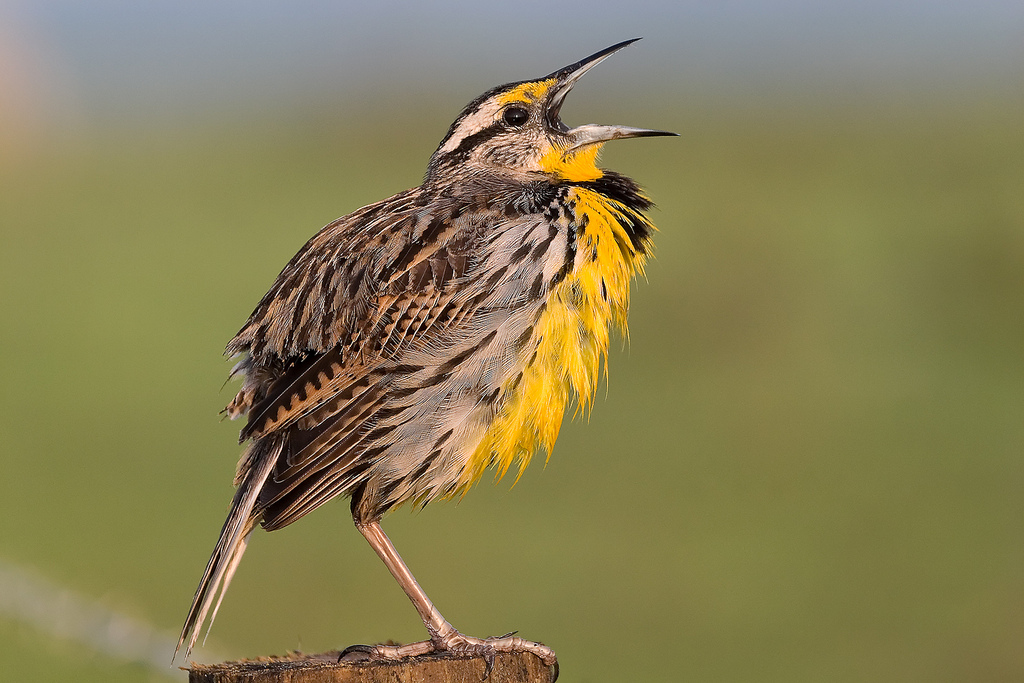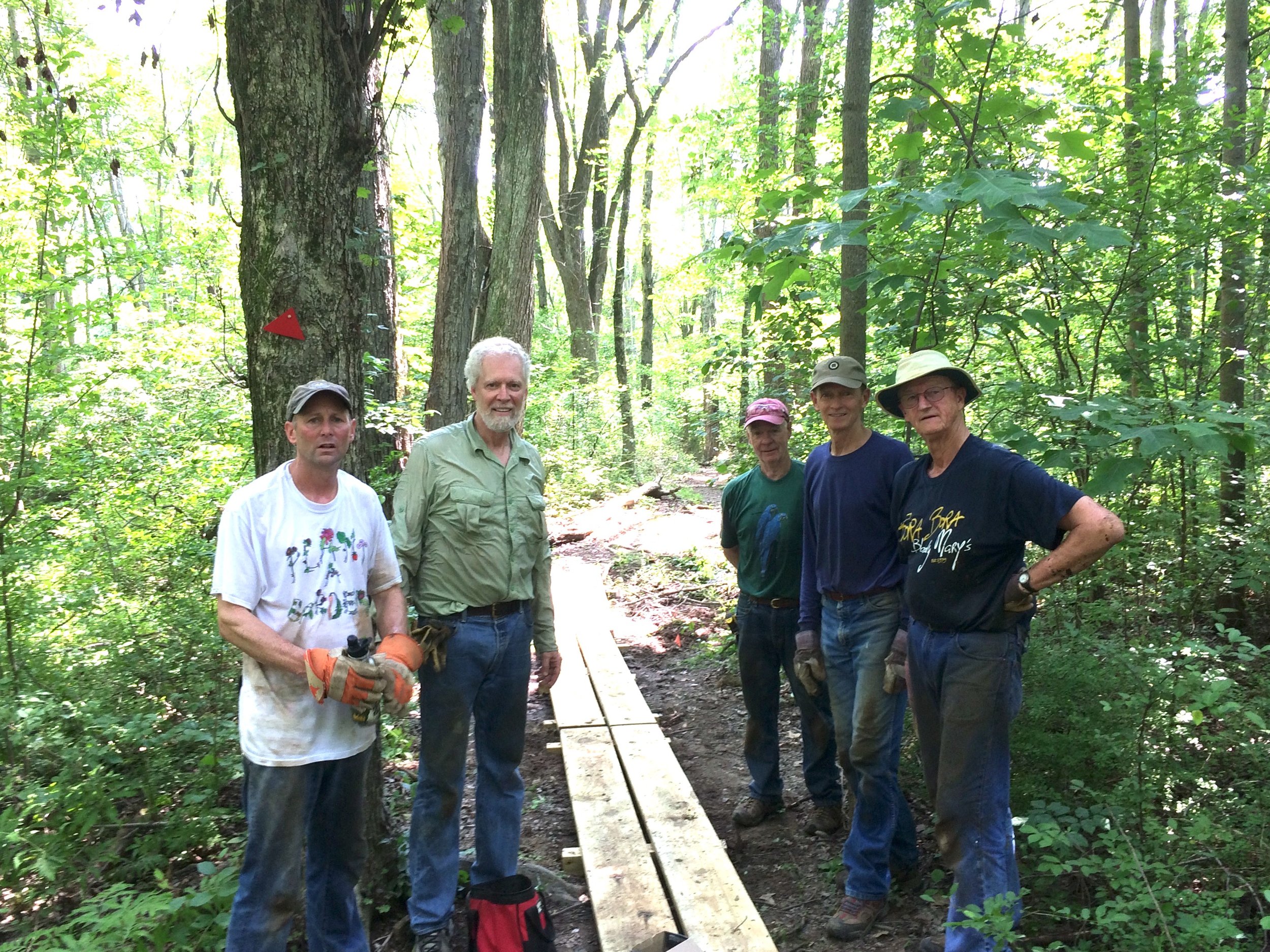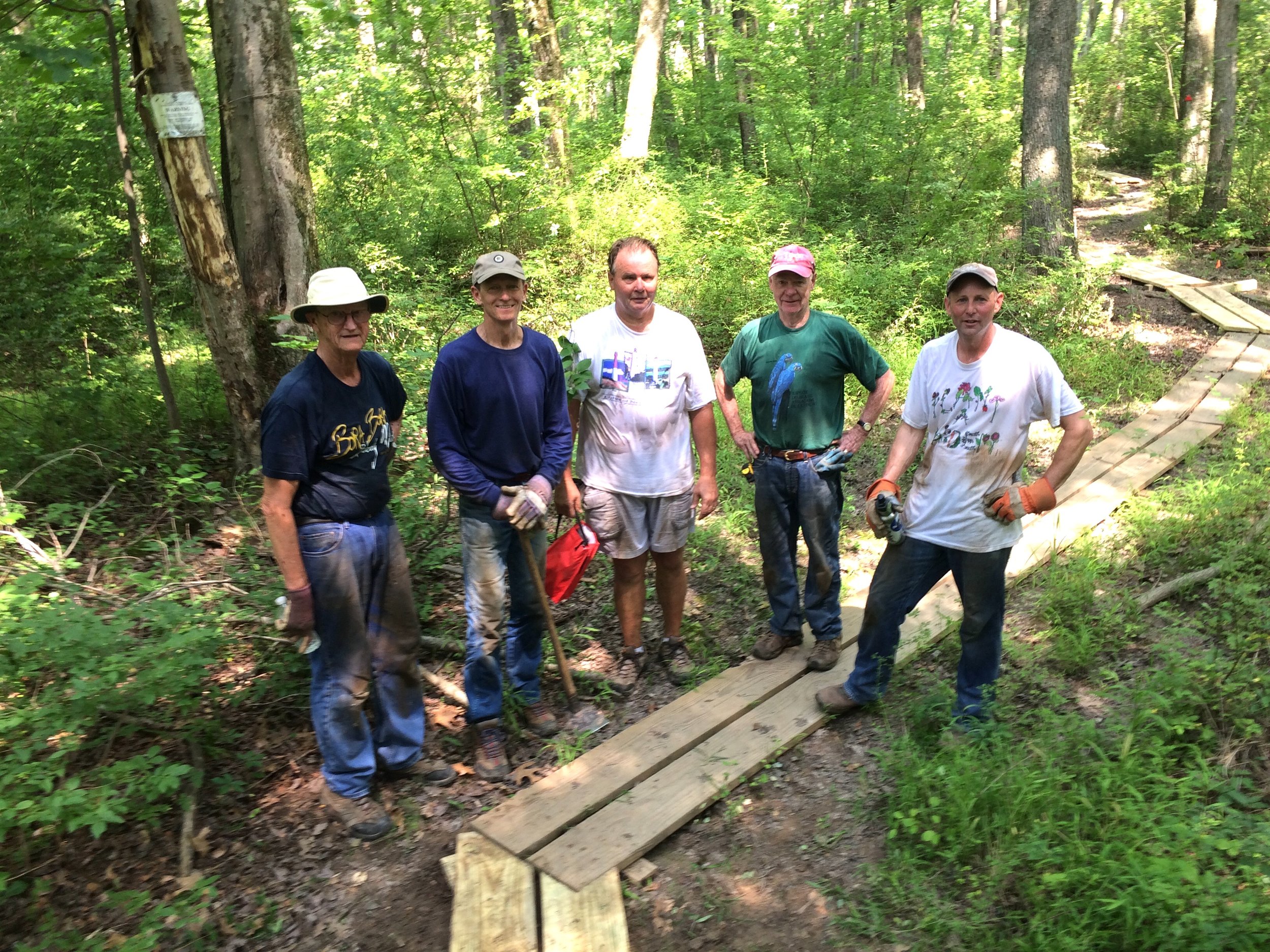Wombat surveillance, Snowy Mountains ‘The Snowies’, Australia
We are excited to welcome Anna Corichi as our new Natural Resources Manager as of December, 2018. Anna is a restoration ecologist and New Jersey native, with experience in the redesign, restoration and management of landscapes that have been negatively impacted by invasive species and other factors. Anna comes to us from the private sector, having worked for an ecologically focused landscape design/build company from its founding in 2014. Anna is skilled in ecological monitoring and surveying for pests such as the emerald ash borer, as well as in managing affected forest areas. She received her B.S. from Oberlin College with majors in Biology and Environmental Studies, and during her studies worked with the National Parks and Wildlife agency in Cairns, Australia studying wombats and other herbivores! Anna is looking forward to working on our 18-acre forest restoration project on the west side of Mountain Lake.
If you are interested in volunteering with Anna and FOPOS, please email info@fopos.org.
Many invasive plants, such as this Japanese honeysuckle (Lonicera japonica), have a photosynthetic advantage over our native trees and shrubs. While most native plants are dormant, this invasive vine continues to produce and store energy throughout the winter season.























